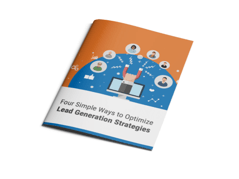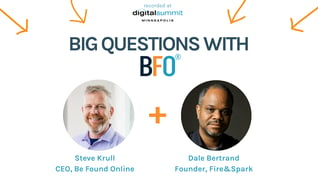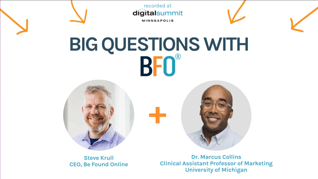Remarketing vs Retargeting: Which One is Right For You
January 19, 2017
4 Minute Read

Any answer on the subject of remarketing vs. retargeting starts with a question. How exactly do you define each of these? As we’ve noted in a previous article on the subject ‘Remarketing vs Retargeting: Which Term is Correct?‘, the terms are often used to talk about the same thing. Since we first posted that piece, definitions have evolved, so let’s take a look at recent uses of the terms and get to the bottom of just what we’re really after.
What is Remarketing?
Google first applied the term “remarketing” to refer to the use of digital tags to target ads to users who had visited the sites, but not converted. As Google seemingly owned the term, retargeting became the generic word used to describe the same type of digital marketing. The technique was meant to capture some portion of the 98% of interested consumers who don’t convert on the first visit.
Whichever word you use, it worked the same way. A user would drop off a site before converting. As the user browses the internet, a tag or cookie from one of the pages would trigger Google to serve up an ad (the approach requires paid search strategies like Adwords) for the brand or site recently visited. It’s a way of staying in front of potential customers who have shown interest, but weren’t quite ready to buy or sign-up.
Define Remarketing?
Since then, remarketing has acquired a new meaning. Some eCommerce marketers now define remarketing as an approach that re-engages users with email. If a potential buyer drops off a site with un-purchased items in their cart, an email gets sent to let them know they can still buy, maybe offering an incentive, or simply acting as a reminder. These emails are often called a shopping cart abandonment email.
So is remarketing ads or email in response to an abandoned cart? Well, it is the email and it’s both. It really depends on the need for clarity. Let’s add some now.
Remarketing vs. Retargeting
Many marketers use the terms interchangeably. While that may not seem clear, the intention is. If you want to target a potential customer who is known to have visited your site, then you are marketing or targeting them again. Then it comes down to how you want to do it.
For many companies, site tags are an easy way to reconnect with potential customers. If you use site tags, then more likely than not you will use ads, also called display ads. It’s remarketing in a strict sense in that you’re literally marketing again, or remarketing to the prospect. As the ad specifically targets a prospect who found your site through paid search, SEO, or some other media channel, then it’s an approach that targets the customer again, or retargeting.
So both work to describe the effort of using ads to connect with users who left a site before following the call to action and converting.
But…if the effort involves email in response to an abandoned shopping cart, then it makes sense to distinguish between the two efforts for clarity.
For simplicity, if you want ads ask for retargeting. If you want email, ask for remarketing, but specify email.
Which one is right for you?
Is the effort part of sales and revenue production or are you looking to improve your lead generation efforts? As always, the approach for any business is the one in alignment with your marketing and business goals.
For more information on successful lead generation tactics, check out our ebook!

Curtiss Gulash
When Curtiss is not being a Brewmeister, brewing amazing craft beers at Big Cat Brewing Company, in Cedar, Michigan, he is BFO’s Paid Media Team Lead with a specialty in marketing automotive brands. Curtiss is known for his super-human energy and loves taking a project from start to completion. He understands the world of digital media through and through and manages to juggle multiple curveballs, be a terrific team player, and a super coach to his staff.
CATEGORIES
SUBSCRIBE TO OUR BLOG
Stay up to date with the latest industry best practices in digital marketing!




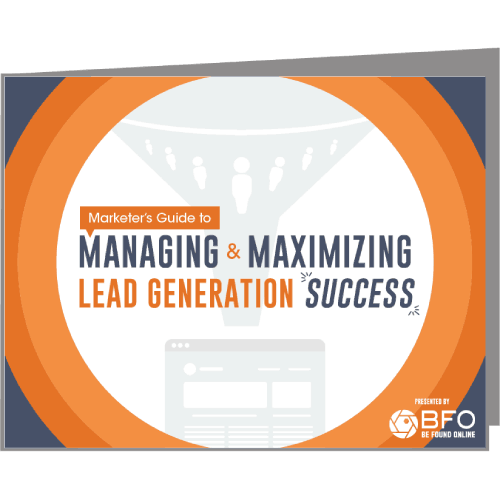



















.png?width=339&height=179&name=Webinar%20Banner%20(1).png)

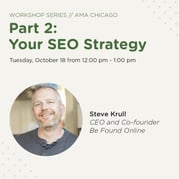

.png?width=339&height=179&name=July%20Webinar%20(Newsletter).png)
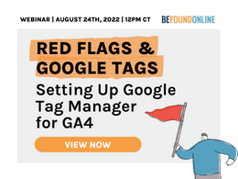
.png?width=339&height=179&name=Webinar%20Banner-April-02%20(1).png)
%20(4).png?width=339&height=179&name=Webinar%20Banner-May-02%20(1)%20(4).png)




.png?width=339&height=179&name=March%202023%20Webinar%20Ad%20(autoresponder).png)





